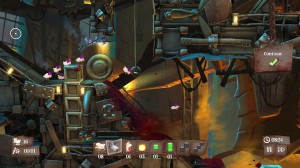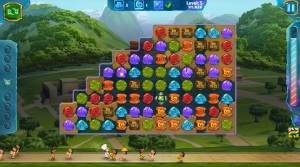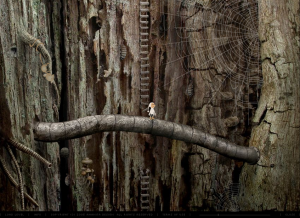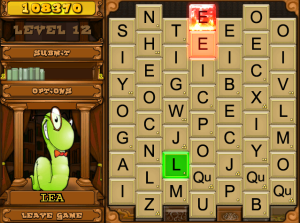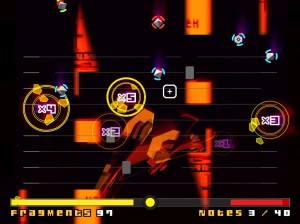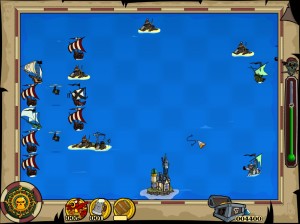Circuits
Developed by Digital Tentacle
Circuits is a short indie puzzle game where you must carefully listen to music and then recreate it using set sound samples and a circuit based grid pattern on the screen. As things move on from stage to stage, the game gets much more complicated and what I thought in the early rounds would be an easy to finish game ended up becoming more complex the further I delved. Based on what I completed, I’d say this game is only a few hours in length, but at $2.99 it seems to be perfectly priced to sell. A unique puzzler, if you enjoy music creation and have a good ear for it, this could be a great addition to your library.
The gameplay of Circuits is pretty easy. Each short track is comprised of a set number of layers that you can switch between and listen to different beats of the track. As the track hits different circles on the grid, you must fit the correct pieces in to the puzzle to duplicate the computer’s track. It’s an aural jigsaw puzzle at the start, but quickly turns much more complex as loops, switches, and more are introduced. There is a lot of repetition in the gameplay, but the tracks are interesting to listen to and the game does it’s best to keep things difficult by sometimes putting pieces in that have no match and are just there to trick you. It’s easy to complete a stage and think you have the solution only to find the playback telling you that something is amiss.
What you end up with is a surprisingly challenging puzzle that gives you that rewarding feeling when you complete a song. Gameplay for the most part works, but sometimes samples that need to be looped feel a bit jumpy or provided me a challenge in figuring out where exactly the loop ends. The game lacks a polish and consistency that you might find with more seasoned developers, but it’s easy to forgive at a game that is being sold at such a low price point. Don’t get me wrong, I really enjoyed my time with this game and look forward to spending more time with it. I just want to be clear that it isn’t the perfect experience.
The high point of Circuits is the original soundtrack composed by David Garcia. The soundtrack manages to fuse a handful of different genres but for the most part has an ambient feel to it that I really enjoy. All of the songs on stages are real short at around the 30 second mark, but they have a lot of variety and sometimes the different tracks bounce into other styles like dubstep and techno. It always keeps your ears alert and spotting the subtle differences between music in different styles felt like it was using different parts of my brain. For example, I had a harder time with stages that had ambient noise than ones that had in your face blasting bass.
Visually, things are extremely minimalistic and I really enjoy that style. It’s always easy to see layers and see exactly where your usable parts lay. The game has optional powerups that appear on the slick interface and give you a way out if the game gets too challenging. There also are options to completely skip stages if you need to. I would assume this game is near impossible for anyone without a musical ear, but know there are failsafes in place to allow you easier access to the more challenging areas of the game if music isn’t your strong suit.
Today’s post is a bit short, but that’s mostly because this is a really simple game. Simplicity is why I enjoyed Circuits and anyone with a love for music games as much as me will feel right at home with this one. It’s inexpensive, easy to learn, has a great difficulty curve, and provides a challenge to all skill levels. I will invest the time in finishing this which says a lot with how many games I have unplayed still remaining in my library and I highly recommend this to anyone with similar tastes to mine.


